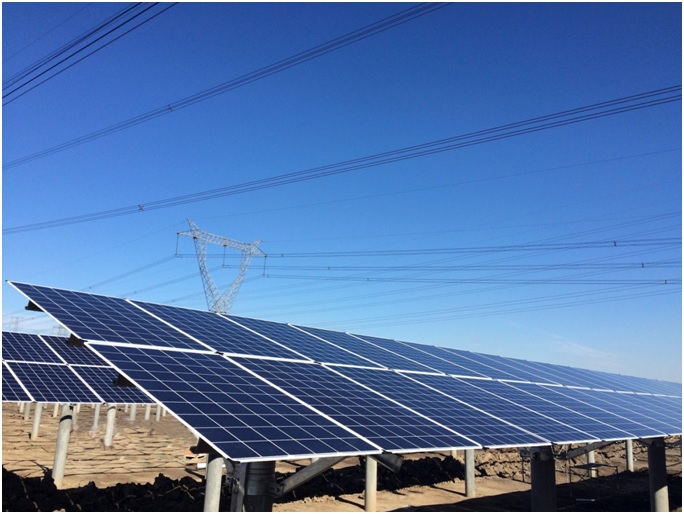Revenue surged 67.2% year on year to HK$5,309.7 million in the six months to the end of June, according to a statement to the Hong Kong stock exchange. Cash on hand reached HK$2,449.7 million, from just HK$843.3 million at the end of December. The company posted a full-year net profit of HK$1,985.6 million in 2016, up roughly 65% from the preceding 12-month period.
Its parent, Xinyi Glass, reported a net profit of HK$1,635.9 million in the first half of 2017, up 19.5% on the year. The group partly attributed its strong earnings in the January-June period to unexpectedly high solar installations in China, which supported rising sales of its solar products in the first half. Revenue from sales of ultra-clear PV raw glass edged up by 1.2% on the year to HK$2,447.3 million.
However, the group said its PV development and EPC service units contributed to its strong earnings and “remarkable” revenue gains. Xinyi Solar’s downstream business accounted for roughly 31.3% of its gross profit in the first half.
“(The company) has successfully developed a balanced business model with diversified sources of revenue from both the solar glass and solar farm businesses,” said Datuk Lee Yin Yee, chairman of Xinyi Solar.
By the end of June, the company was independently operating 17 utility-scale solar projects throughout China. Its cumulative grid-connected PV capacity rose from 974 MW at the end of June 2016 to 1.58 GW at the end of June 2017. The company connected 490 MW to the grid in the second half of 2016 and 120 MW in the first half of this year.
Revenue from its EPC business soared 656.9% year on year to HK$2,127.9 million in the first half, largely due to “robust” state-backed development of distributed-generation PV projects throughout China. In particular, the company’s EPC unit secured a number of undisclosed poverty-alleviation PV projects in central China’s Anhui province in the first half. In total, it completed 296 MW of EPC contracts in the January-June period.
In the final quarter of 2016 and the first three months of this year, Xinyi Solar added three new ultra-clear PV raw glass manufacturing lines to its production fleet, driving its aggregate daily melting capacity from 3,900 tonnes to 6,800 tonnes. Glass output at its factory in Malaysia — its first raw solar glass production line outside China — hit 900 tonnes per day in the January-June period, with manufacturing efficiency at the facility reaching a “satisfactory” level by the middle of the year.
Looking ahead, the group plans to expand its solar glass production capacity by adding two new production lines in Malaysia, with a daily melting capacity of 1,000 tonnes each. It expects these lines to go into operation between the fourth quarter of 2018 and the middle of 2019.
In the second half of this year, it will continue to seek opportunities to develop distributed-generation PV projects, including rooftop arrays for third parties, as well as solar installations under the central government’s poverty-alleviation program. However, it believes that utility-scale PV developments will form the bulk of its business moving forward. It expects its cumulative installed PV capacity to surpass 2 GW by the end of this year.
Xinyi Solar also plans to expand its downstream business beyond China, building on its April 2016 purchase of a 60% equity stake in Canadian PV systems specialist Polaron Solartech. It also recently secured approval to launch a feasibility study on a 100 MW solar project in Cambodia.
This content is protected by copyright and may not be reused. If you want to cooperate with us and would like to reuse some of our content, please contact: editors@pv-magazine.com.



By submitting this form you agree to pv magazine using your data for the purposes of publishing your comment.
Your personal data will only be disclosed or otherwise transmitted to third parties for the purposes of spam filtering or if this is necessary for technical maintenance of the website. Any other transfer to third parties will not take place unless this is justified on the basis of applicable data protection regulations or if pv magazine is legally obliged to do so.
You may revoke this consent at any time with effect for the future, in which case your personal data will be deleted immediately. Otherwise, your data will be deleted if pv magazine has processed your request or the purpose of data storage is fulfilled.
Further information on data privacy can be found in our Data Protection Policy.